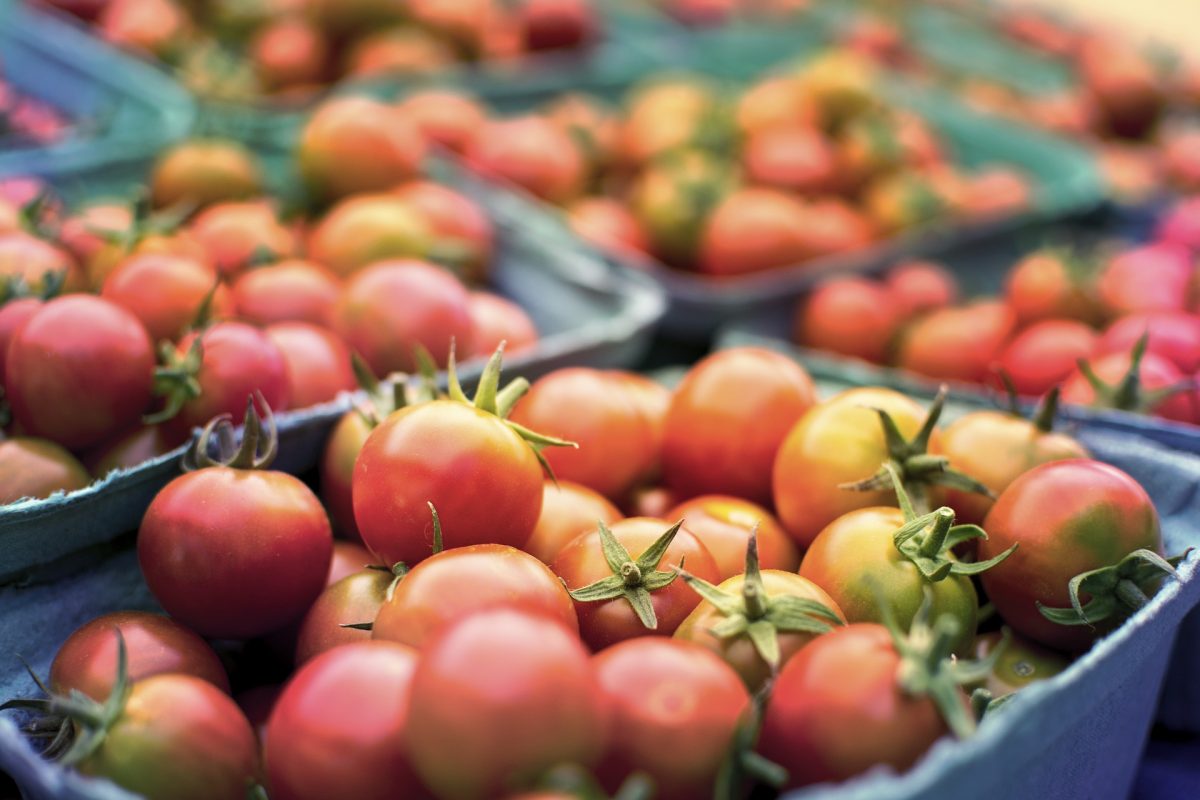
Preserving Food Quality: 3 Essential Rules to Know in the Australian Cold Chain Guidelines
Australia sees five billion worth of food wasted every year, and the number one culprit behind the rotting of fish, meat, vegetables, and fruit is poor cold chain management. Cold chain describes businesses involved in delivering, storing, or selling fresh, frozen, or chilled foods and beverages.
The steps it takes to move food from the manufacturing process to the carts of consumers is a long and winding road, one that leaves plenty of room for error when it comes to its preservation.
Cold storage solutions take the lead when addressing the time-sensitive problem in the food industry. All refrigerated transportation needs to pack some major rules concerning the Australian Cold Chain Guidelines. We’re here to break down the basics, so read on for our take on the top three essentials you need to know if you’re new to the field:
1. Storage Temperature
Various factors affect the quality and shelf-life of the food, but one of the most critical aspects is the storage temperature. If you want to guarantee the freshness and safety of foods like fruit, vegetables, meat, and fish, these are best refrigerated at temperatures below 5°C. That’s why the Australian Food and Grocery Council dubbed this as the “never warmer than” rule, which describes how chilled foods must be between 0°C and +4°C unless stated otherwise. On the other hand, the optimal temperature should never be warmer than -18°C when it comes to transporting frozen foods.2. Out of Refrigeration Time
In addition to the temperature, the time the food spends outside the refrigerator also influences its quality and life-span. If you want to preserve its freshness and longevity, the AFGC suggests that the maximum out of refrigeration time limit for chilled foods should be 20 minutes. This refers to the process of unloading chilled foods into a +15°C air-conditioned room. Meanwhile, frozen foods should be unloaded or dispatched with a maximum time frame of 20 minutes outside the refrigerated vehicle. However, it can go between 60 to 90 minutes if the ante-room environment is 0°C - +5°C.3. Mixed Loads
Mixing loads may seem like a time-saver, but it’s better to store them by category to ensure each bulk order is transported in its appropriate settings when it comes to transporting perishable goods like food. Unfortunately, it is an unavoidable situation. To prevent food wastage, the AFGC requires businesses to use a management system to stay on top of product markings, product location, and product handling when you’re dealing with mixed loads.The Bottom Line: Knowing Different Storage Guidelines That Ensure Food Quality And Safety While In-Transit
For businesses part of the Cold Chain, there’s no doubt that keeping foods fresh, chilled, or frozen is crucial if you want to sustain your business. Seeing the importance of practicing the right conduct for grocery retailers and more, finding the right equipment and vehicles to provide the optimal temperature for food is necessary.Why Choose Us?
If you’re looking for refrigerated vehicles for hire in Sydney, NSW, get in touch with us at Zero Rentals today! We offer vehicles that comply with industry standards in Australia, so get in touch with us if you’re looking for affordable refrigerated transport solutions for your business!
Comments : 0
